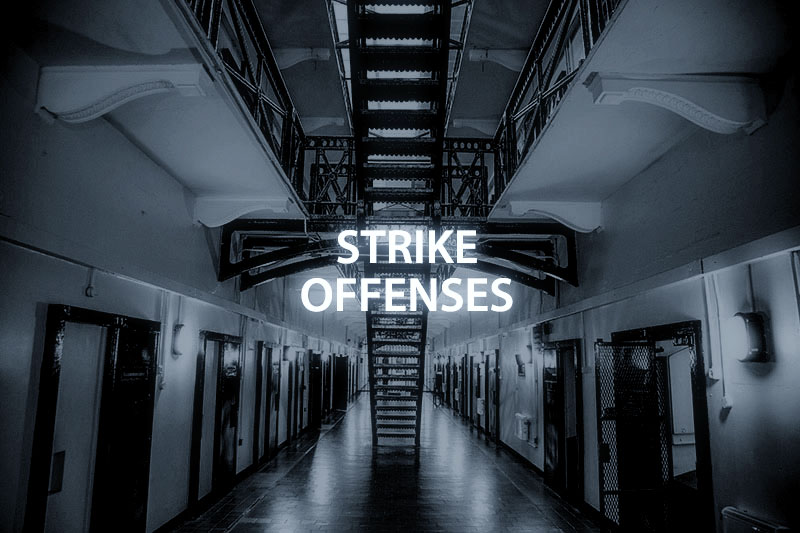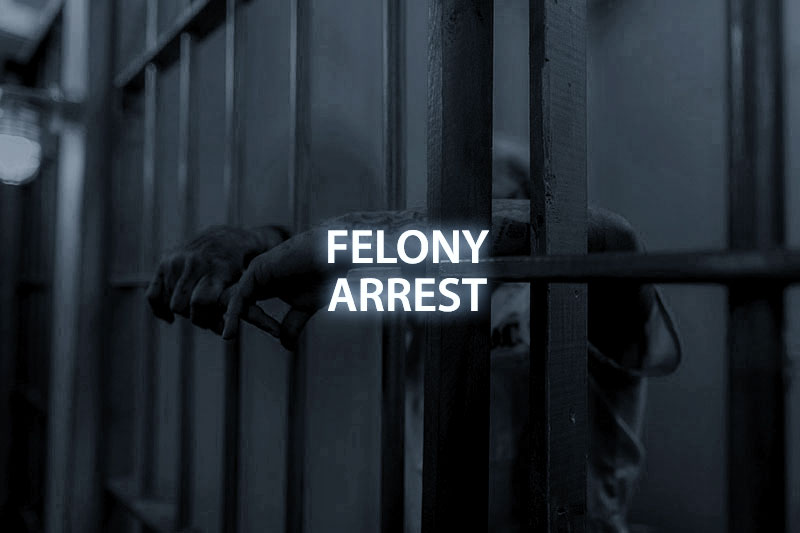For those ensnared by the harsh penalties of California’s Three Strikes law, a Romero motion offers a critical, albeit challenging, avenue for relief. It symbolizes the judicial system’s acknowledgment that one size doesn't fit all when it comes to justice. By allowing judges to evaluate the appropriateness of applying a severe sentencing enhancement based on previous strikes, the Romero motion serves as a key corrective tool, ensuring that sentences proportionately reflect the individual’s circumstances and conduct. This legal remedy not only impacts the lives of specific defendants but also underscores a broader commitment to a fair and adaptable justice system.
California's Three Strikes Law reflects a period of “tough-on-crime” policy that has led to extremely punitive consequences for repeat offenders. While the law's intent is to prevent recidivism and protect the public from violent criminals, it can also engender disproportionately harsh penalties for individuals whose criminal behavior does not reflect the severity anticipated by the law's drafters.
Designing an effective defense for a defendant facing charges under California's Three Strikes law involves a multifaceted approach. From challenging the validity of prior strikes to negotiating plea deals and proposing alternative sentencing, defense attorneys must leverage every available tool to protect their clients' interests. Given the stakes, legal representation by a lawyer with specific experience in three-strike cases is indispensable. While the Three Strikes law aims to deter repeat offenders by imposing severe penalties, the justice system must also safeguard against unjustly harsh punishments, ensuring that sentences are proportional and fair.
California's Three Strikes law continues to impact the lives of offenders and reflects the broader conversation about criminal justice reform in the United States. While it was designed to keep repeat offenders off the street, its rigid application raises questions about fairness and proportionality in sentencing. With legal tools like the Romero Motion available, there is room for individual consideration and judicial discretion, offering a glimmer of hope to those who may otherwise face excessively stringent punishment.


